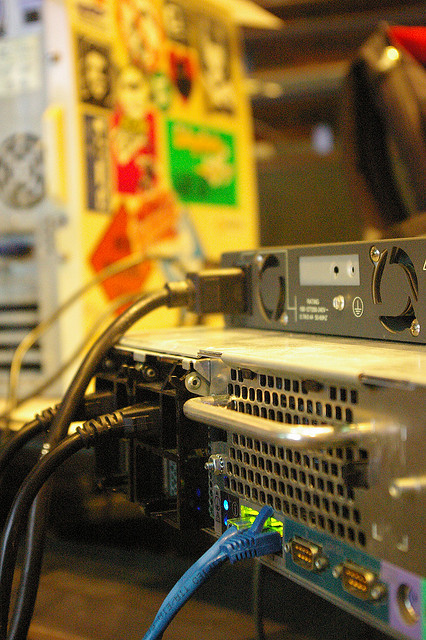 The two new certifications: Linux Foundation Certified System Administrator (LFCS) and Linux Foundation Certified Engineer (LFCE), aimed at both early-career and engineer-level systems administrators, are focused on performance.
The two new certifications: Linux Foundation Certified System Administrator (LFCS) and Linux Foundation Certified Engineer (LFCE), aimed at both early-career and engineer-level systems administrators, are focused on performance.
Rather than multiple-choice questions, both want you to show what you can do from the command line. The pass rate for the exams so far stands below 60 percent, so they’re not a cakewalk.
That means preparation involves diving into Linux with both feet, and the free exam prep guide is a good place to start. While it might be possible to do some exam prep on the job, some candidates see certification a means to boost their chances of moving up in job rank – and in pay.
So how do you get the experience you need for Linux certification? We posed that question to the LinkedIn Linux Users & Open Source Developers group. As you might expect, Linux pros in the field have some valuable advice.
Ask Questions
Even if the role you aspire to is beyond your current pay grade, picking the brains of the Linux pros in your company can pay off, according toRobert Garrett, senior systems engineer with InterNetX.
“If you work in an environment where there are real sysadmins, just talking to them and asking appropriate questions that demonstrate you have done at least some work in resolving an issue will get you a long way,” he says.
Join a User Group
User groups, such as the Chicago GNU/Linux User Group, that have sessions focusing on exam prep can be beneficial as well. TheCharm City Linux meetup group in Baltimore, for one, has been focused on the online Intro to Linux course the Foundation launched on edX in August. The prep guide urges using that course to the extent that you need to, but says you don’t necessarily have to complete it or take the exam.
Immerse Yourself
“Immerse yourself in the environment for which you plan to complete the certification. Try using Linux as your main operating system at home. Experience what your users are going to experience. Configure the system from scratch, customize it to fit your needs, and touch everything. … Actually perform those duties for which you will be tested (repetitively). Learning, and even mastering, Linux is the same as with any other operating system. You need to use it, and not just cram from some book. A certification may help you get an interview, but knowing what you’re doing will get you the job… and help you keep it, says Charlie Whitehead, high performance computing lead at the Department of Defense.
Adds Garrett:
“Install several different Linux distributions, grab some old computers install Linux on them. Build file servers, build DNS servers, build web servers, build database servers. Install KVM [Kernel-based Virtual Machine]. Figure out how to do the above in a VM, then build redundant VMs, and start trying to build high-availability systems. There’s only one way to learn this stuff, and that is to do it. Also, trust me, if you just want to do this stuff so you can get a job, this is not the field for you.”
Break Stuff… And Fix It
The advice from Tom McGuiness, owner of Arrow-SEO, got multiple nods.
“The best things I’ve learned was from not being afraid to break stuff. And fix it. And break it…”
Adds Vladimir Dergachev, senior research scientist at BioNano Genomics:
“If you want to learn the basics of Linux as a system, there is no better way than to pick a few utilities in /usr/bin each day and learn what they do and why and how they were created. Help out with development, write a kernel module or two.”
Build a Linux Distro
And Yana Kireyonok, programmer at Motiv Telecom, echoes that old joke about how to get to Carnegie Hall:
“Practice. A lot of practice. The best and the only way to get real experience. The more one gets into the depths of Linux, the more he learns. Linux is versatile, there are often more than one way to do something. And it’s always evolving, so information gets obsolete quickly enough. But basics don’t change that rapidly. Also [it’s] a good idea is to build some Linux distro from scratch. [It’s a] very useful experiment.”
